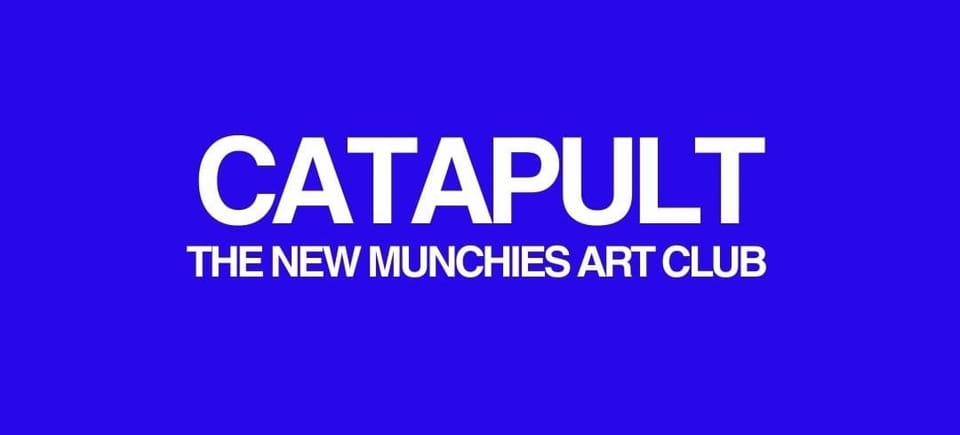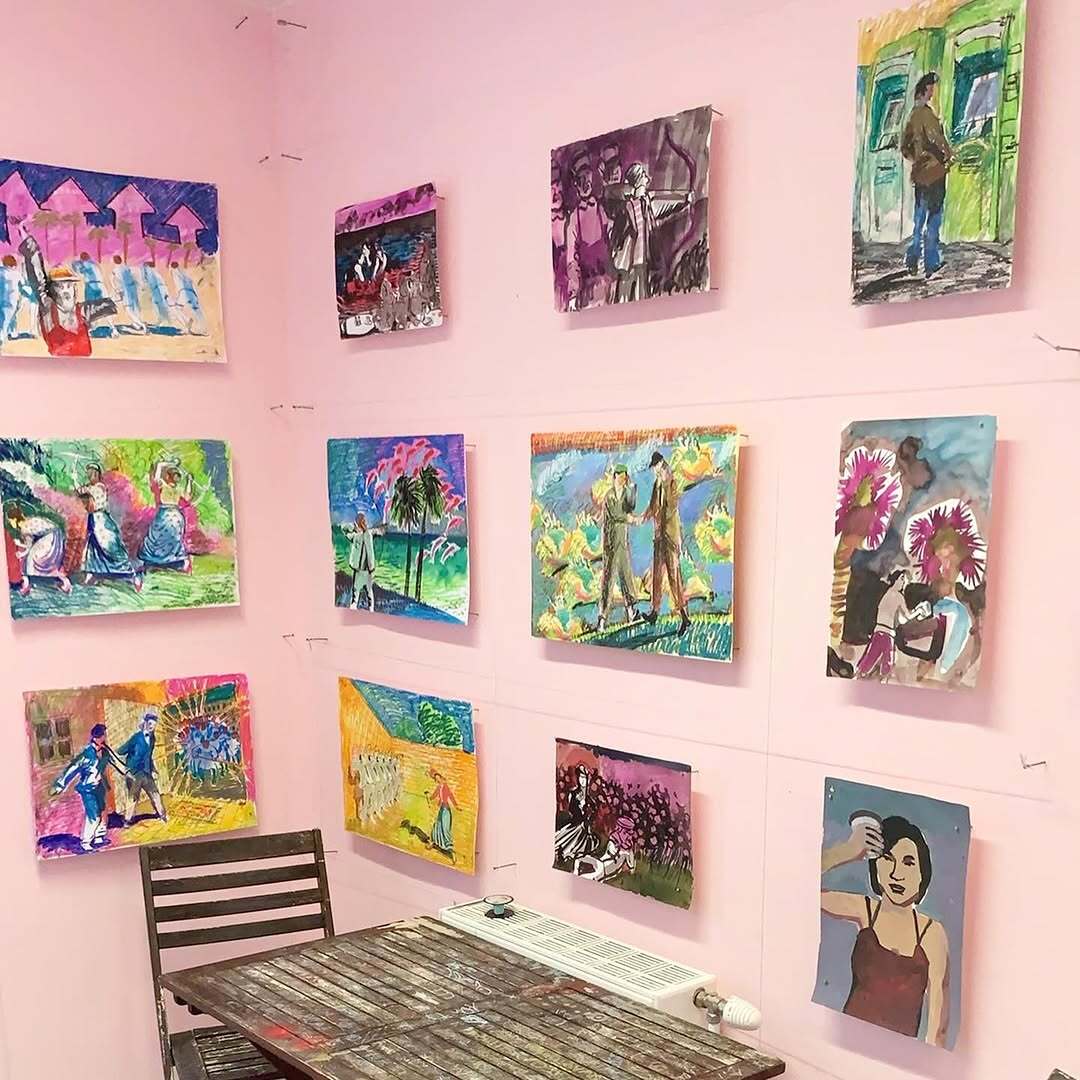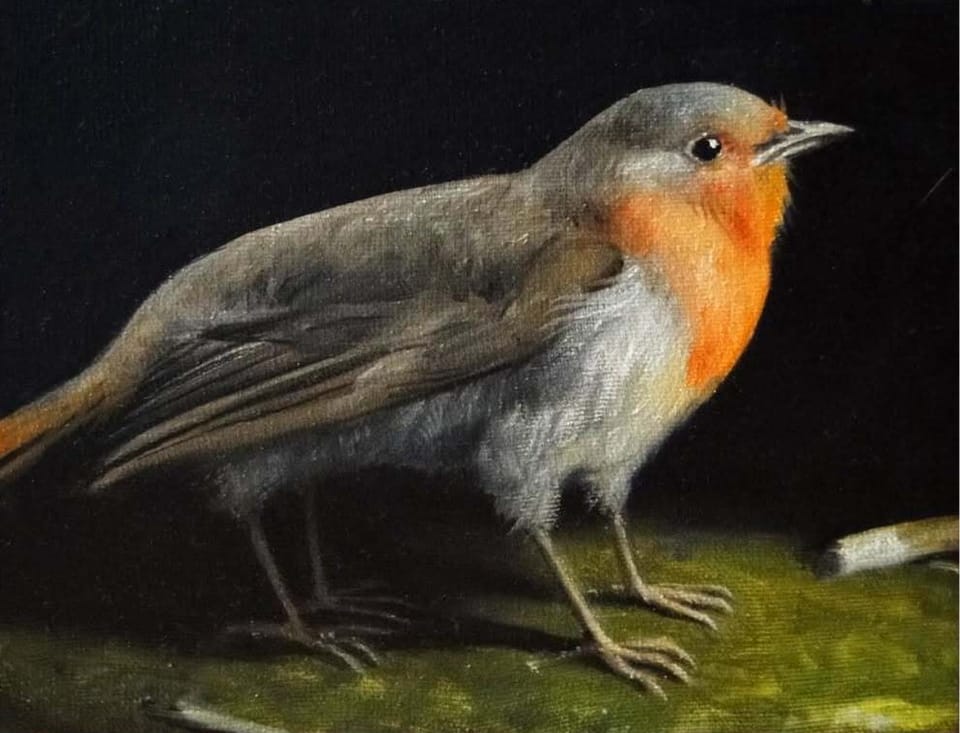Łukasz Horbów: Art as Resistance to Nationalism and Alienation
Łukasz Horbów uses multimedia art to challenge nationalism, identity, and the human condition, making us question what we take for granted.

Inside Łukasz Horbów's Artistic World
Writing about an artist like Łukasz Horbów, who was born in 1995 near the Polish-Ukrainian border, you realize quickly that he’s someone who doesn't just create art. He interrogates it.
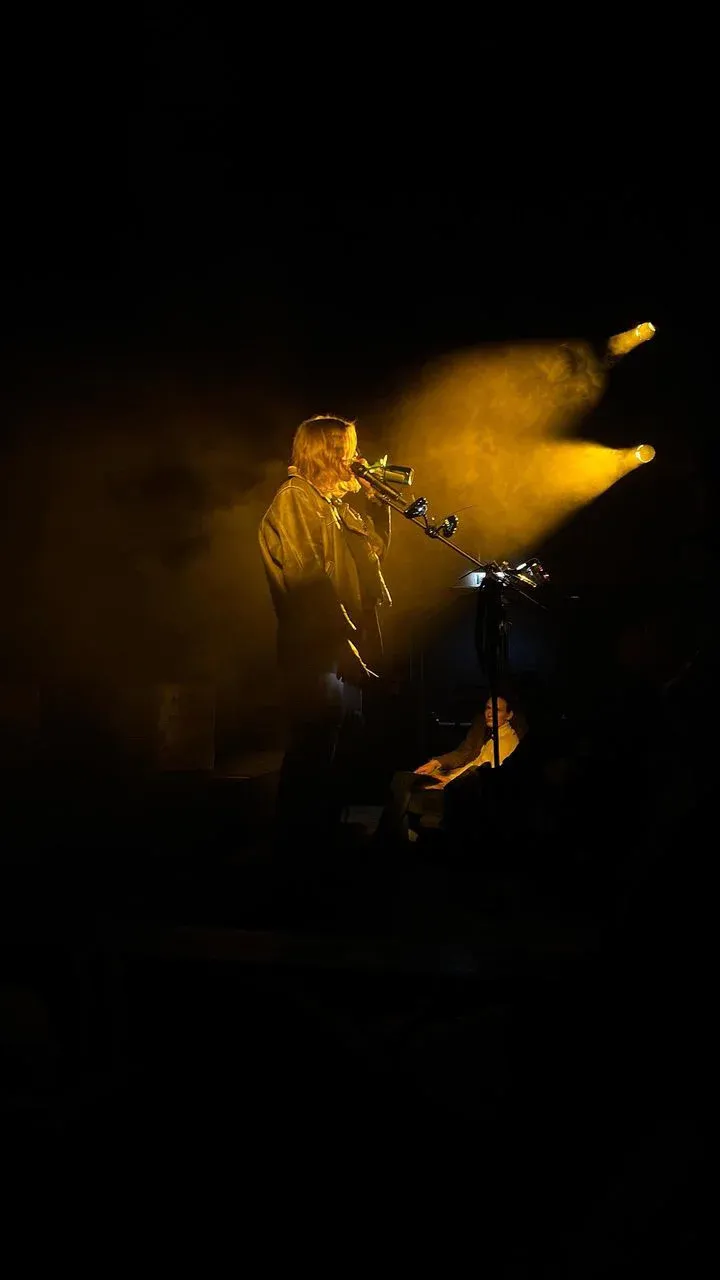
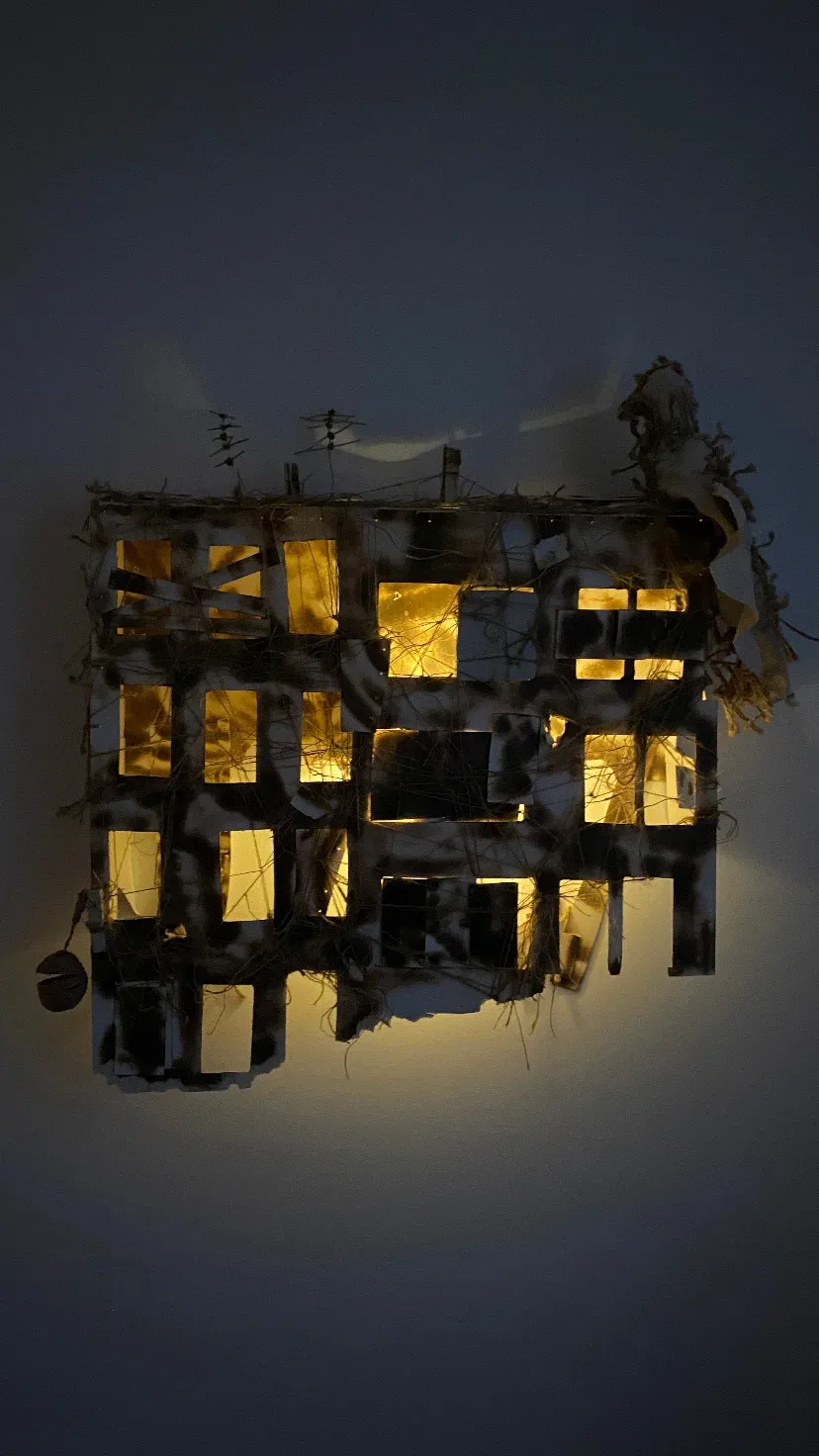
Łukasz Horbów: (left) Performance -> What shall we talk about… Warszawa | Gdańsk (right) -> Bird’s house (2024) Rope, glue, canvas, glass, wires, fire on cardboard, clay 95 x 90 x 20 cm | Image Courtesy by the Artist
And not just art, but the very idea of identity, of nationalism, of what it means to belong to a culture. Horbów graduated from the Academy of Fine Arts in Warsaw, and his work is rooted in the borderlands where he grew up—both literally and metaphorically.
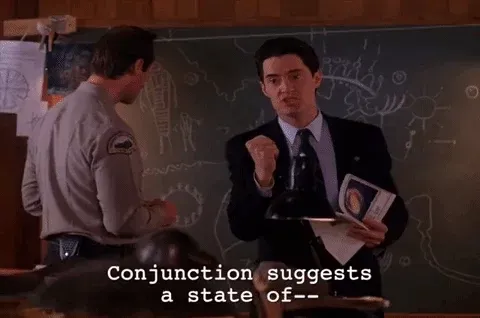
Showcase your Work - Submit your Art now
His practice includes photography, sculpture, painting, collage, drawing, and performance. But more than that, it includes his body, his voice, and his relentless questioning.
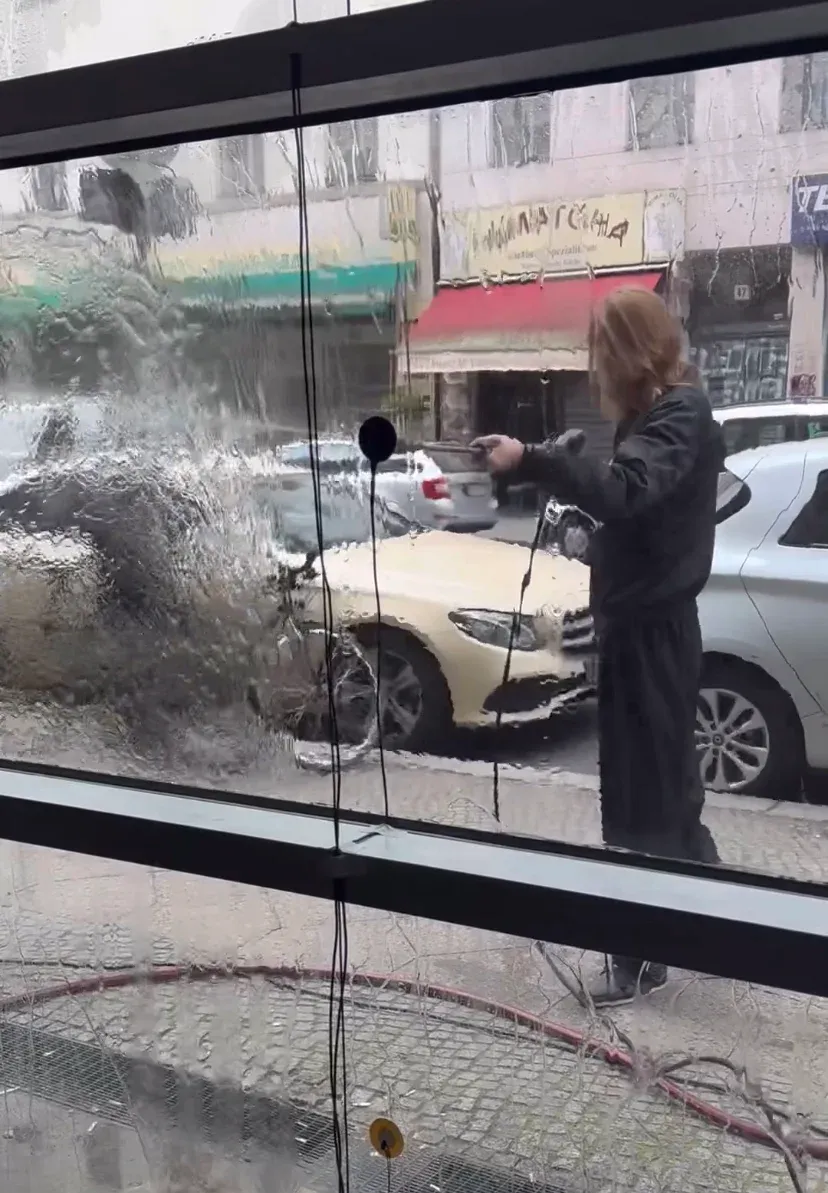
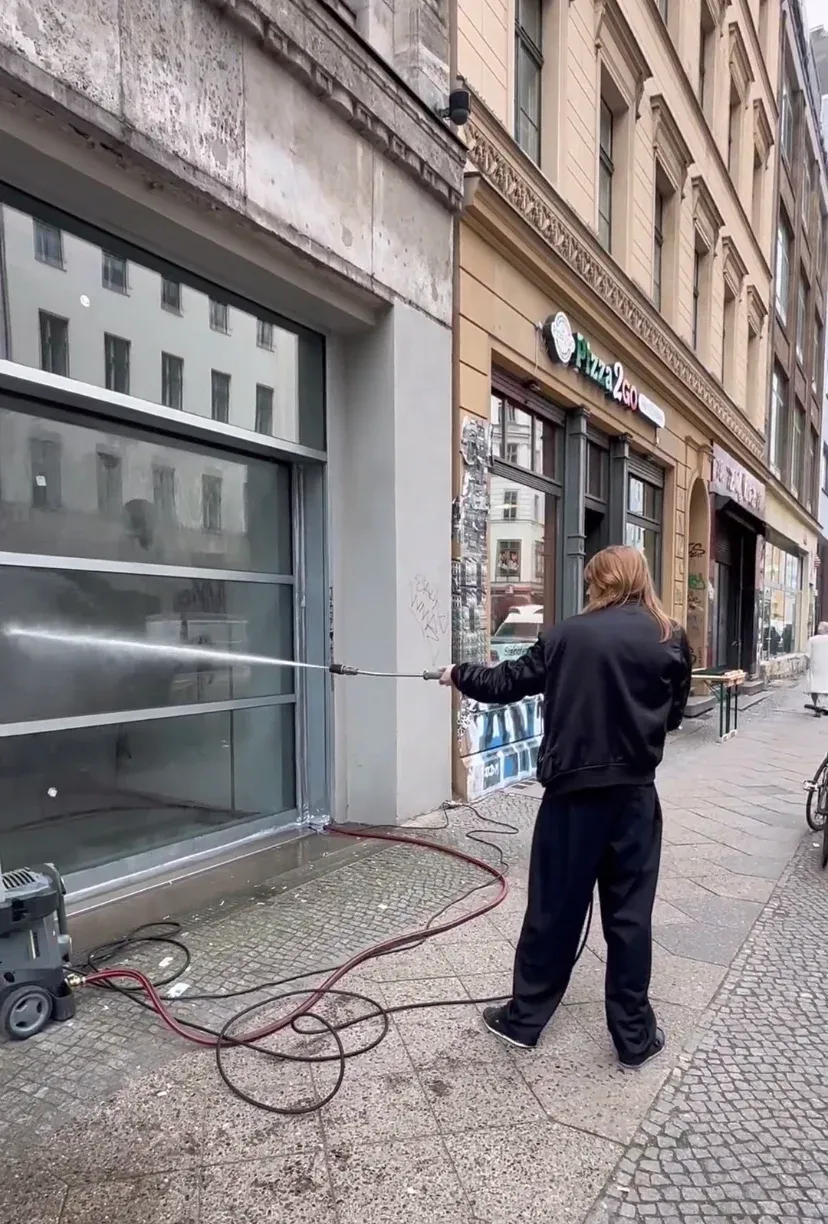
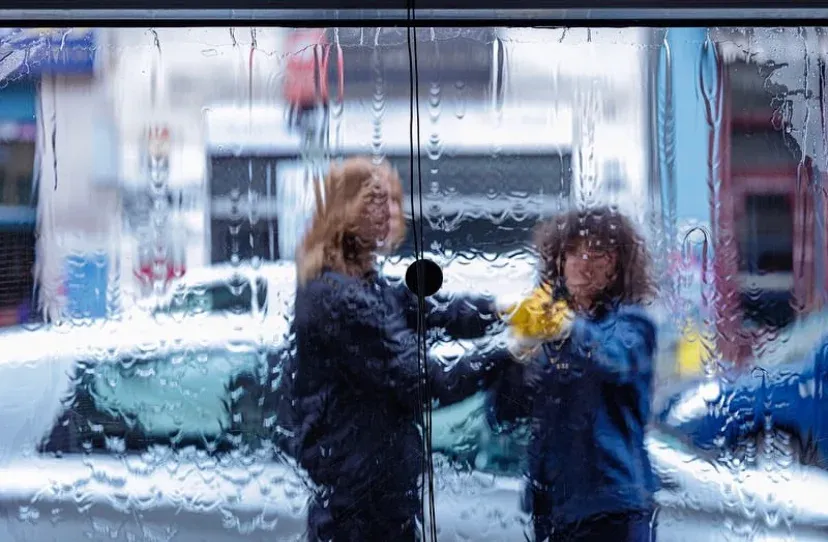
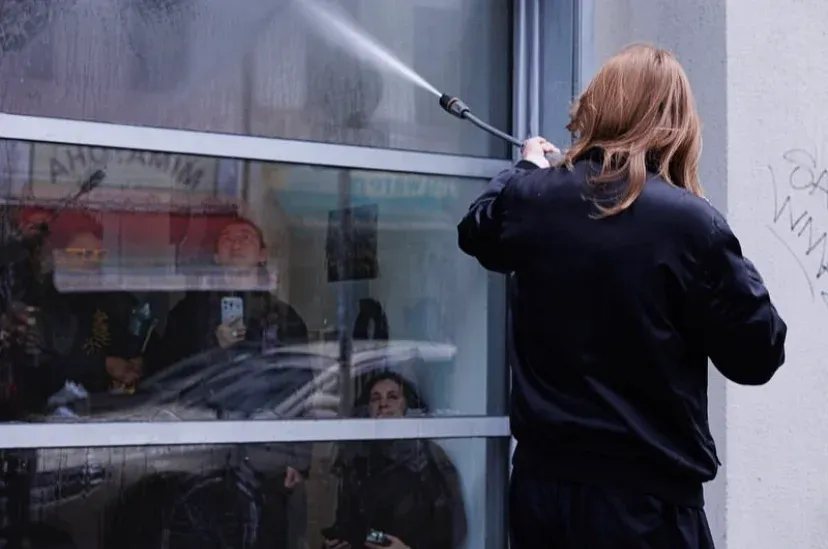
Łukasz Horbów: Cleaning voics with Katarzyna Krakowiak, Maciej Kryński, Barbara Gryka | Image Marta Jarnuszkiewicz
Horbów’s art is an exploration of how societies react to situations—how they hold on to ideas like nationalism and identity, and what that says about us. It’s easy to dismiss nationalism as outdated or even dangerous, but it’s harder to grapple with it, to dissect it the way Horbów does.
One of his most notable works, Europa02 (2019), is an audio piece that layers the national anthems of ten of Europe’s most populous countries.
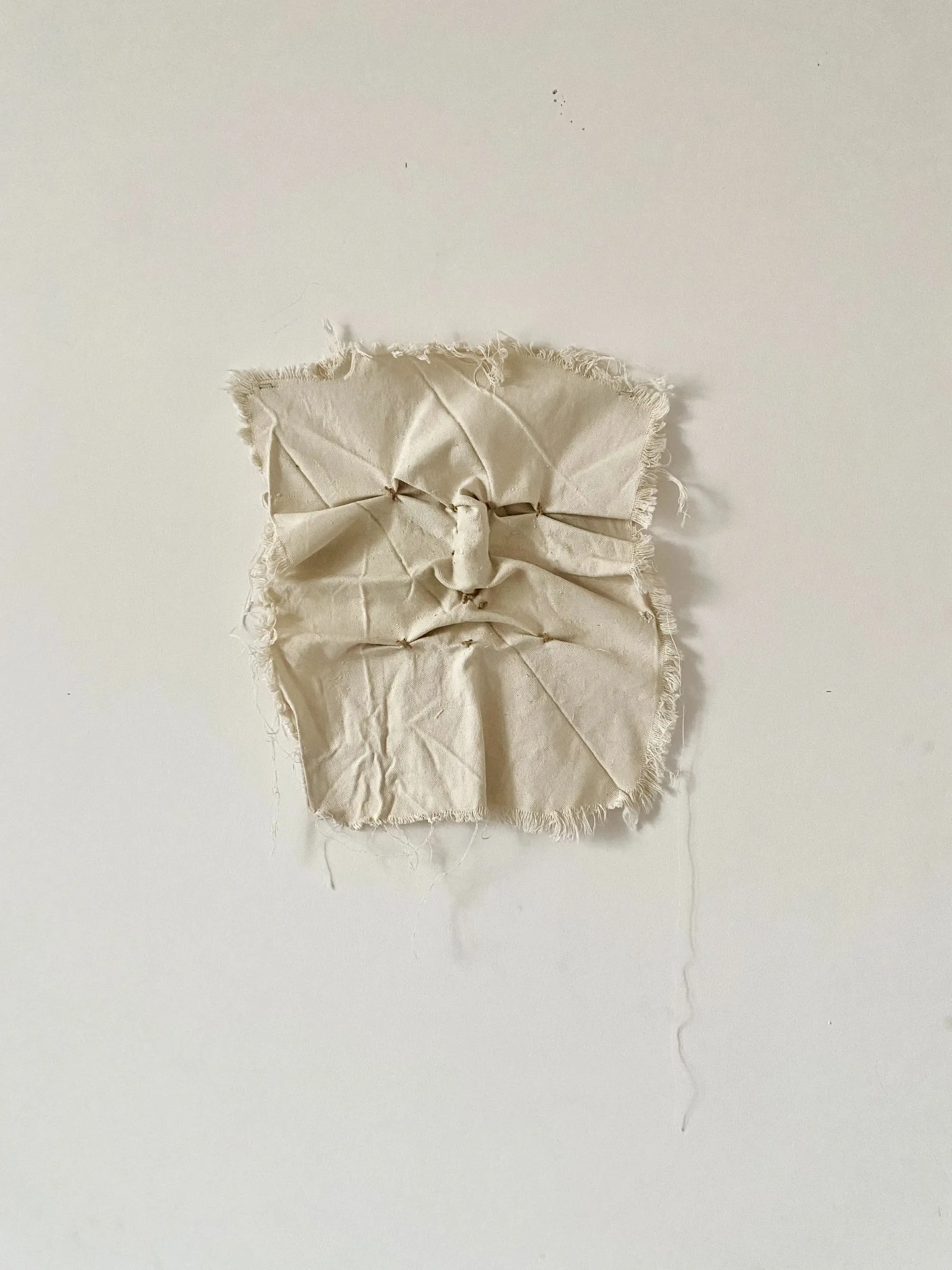
The result is a cacophony—a discordant, unsettling soundscape that transforms the solemnity of these anthems into something aggressive, even menacing.
This is not just sound; it’s a critique. Horbów asks us to listen, really listen, to the way nationalism can warp the very things we’re supposed to hold sacred.
Łukasz Horbów: Soon 69
In Europa02, you hear echoes of familiar anthems, but they’re twisted, overlapping, fighting for dominance.

The piece forces you to confront the ways in which nationalism, often seen as a source of pride, can also be a source of conflict. It questions the role of these anthems, these symbols of national identity, in shaping the contemporary culture of Europe.
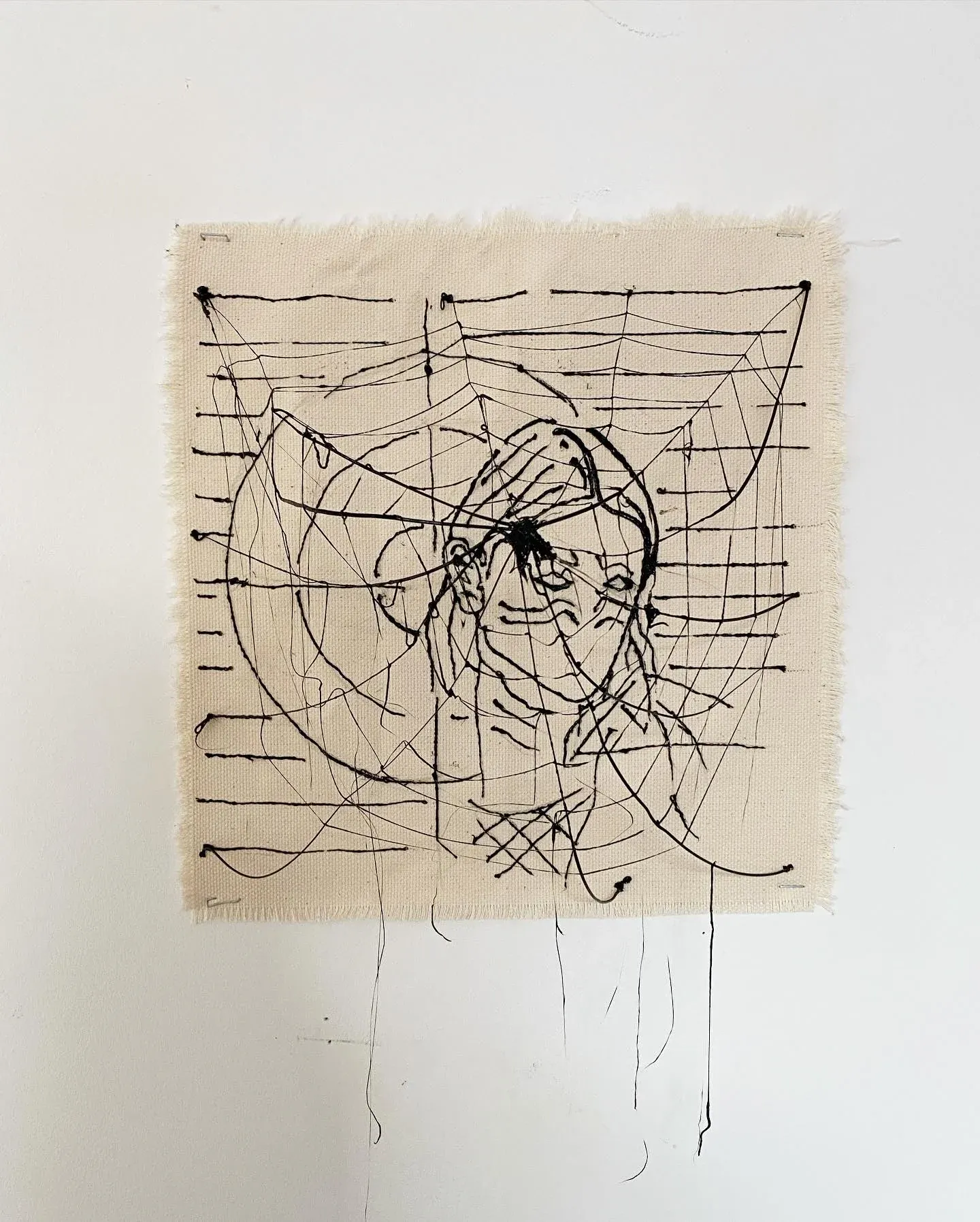
Are they unifying, or are they dividing? And in a world where borders are increasingly contested—where what it means to be “from” somewhere is constantly being redefined—what place does nationalism have?
But Horbów doesn’t stop at sound. His work also delves into body politics, where he uses his own body as both a canvas and a tool. By doing so, he forces us to think about how bodies are represented, perceived, and controlled by society.
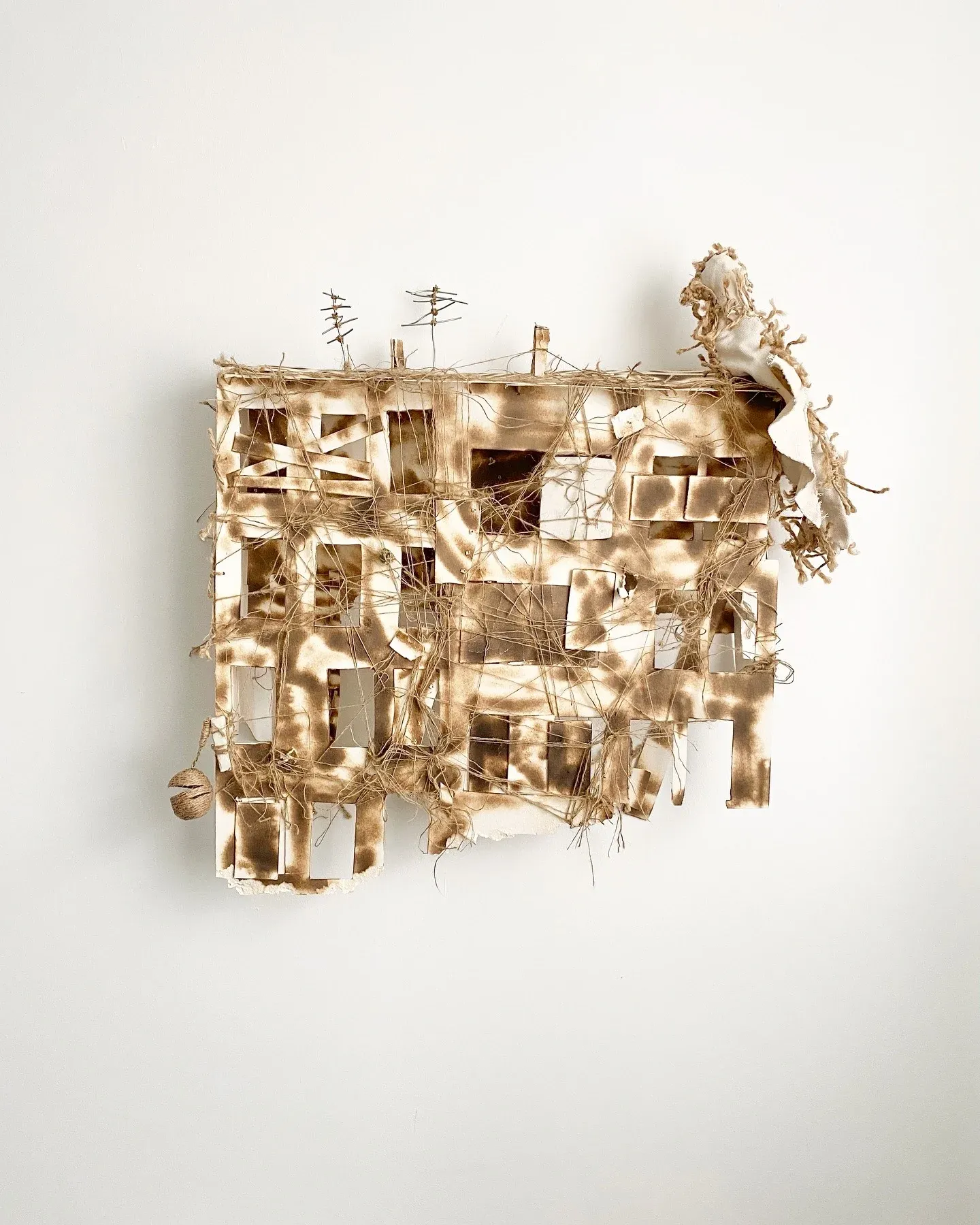
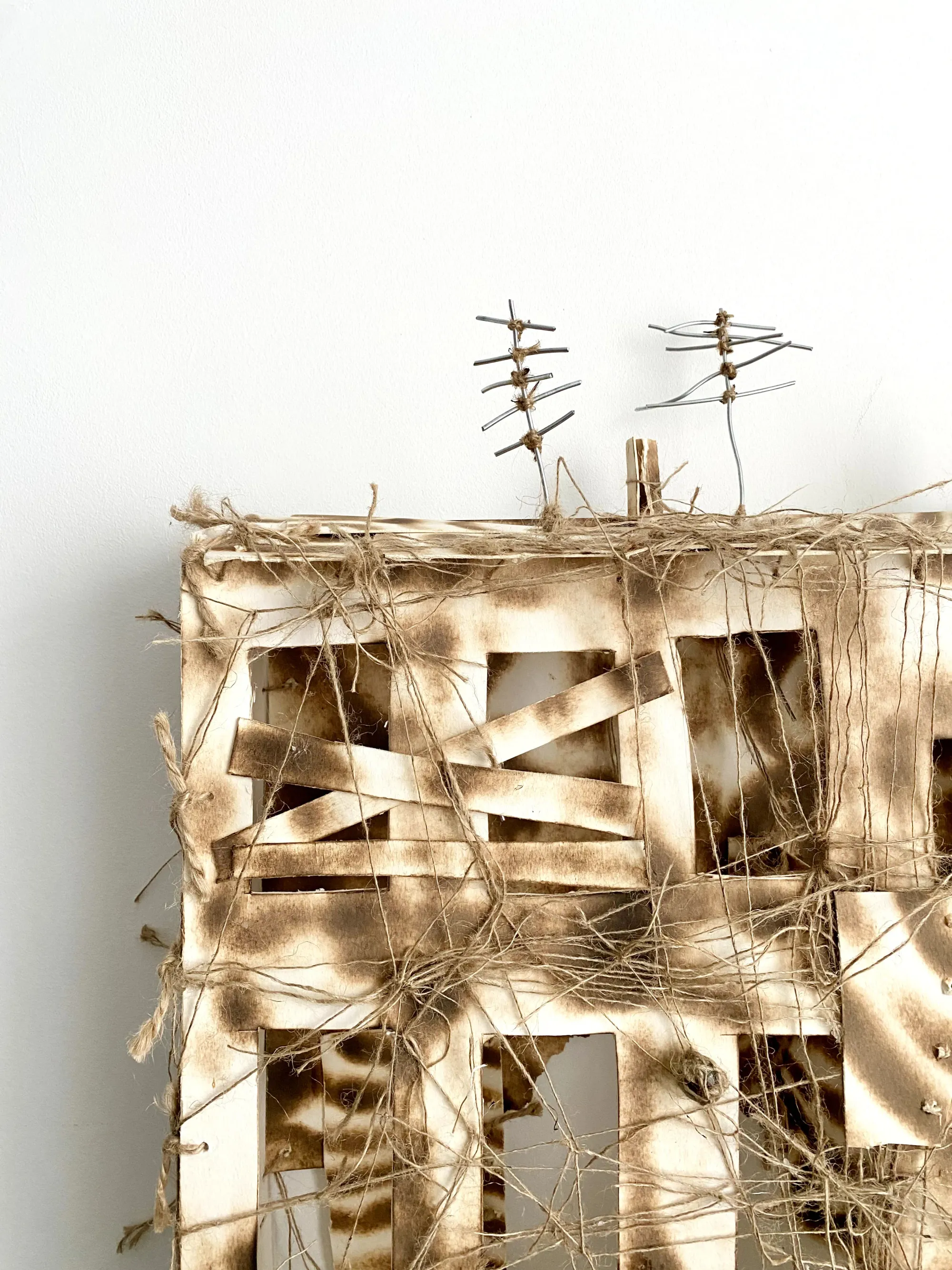
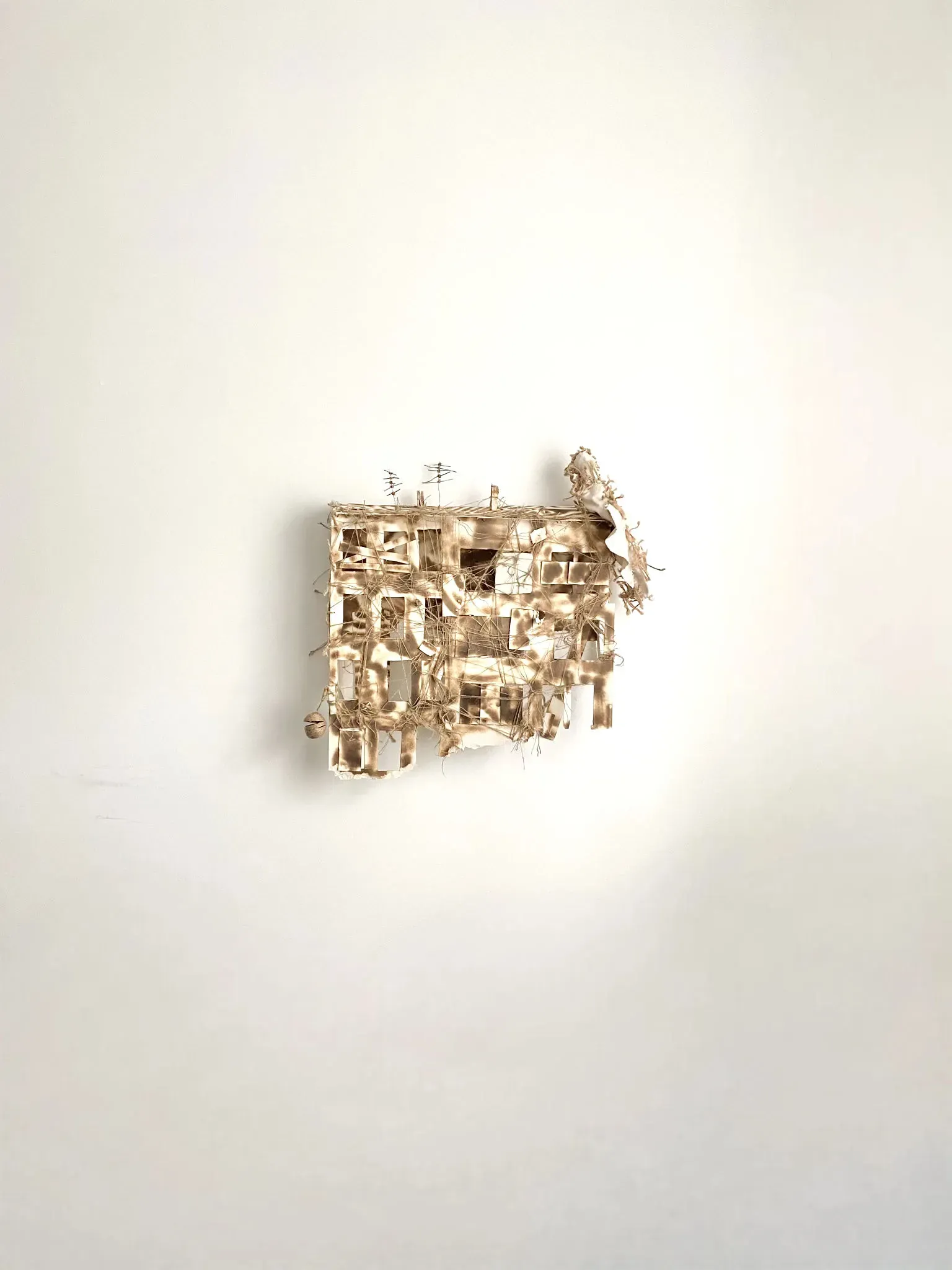
Łukasz Horbów: Bird’s house (2024) Rope, glue, canvas, glass, wires, fire on cardboard, clay 95 x 90 x 20 cm | Image Courtesy by the Artist
In a sense, his body becomes a metaphor for the individual in society—something that can be shaped, manipulated, and defined by external forces.
But it’s also something that can resist, that can push back against these forces.

There’s a philosophical undercurrent to Horbów’s work that’s hard to ignore. He’s not just making art; he’s making a statement about the world we live in.
His work reflects a tragic view of human existence—one where individuals are often alienated, caught in circumstances they can’t fully control or understand.
But instead of succumbing to this tragedy, Horbów uses it as a source of strength. His art becomes a way to cope, to understand, to fight back against the fear that drives so much of human behavior.
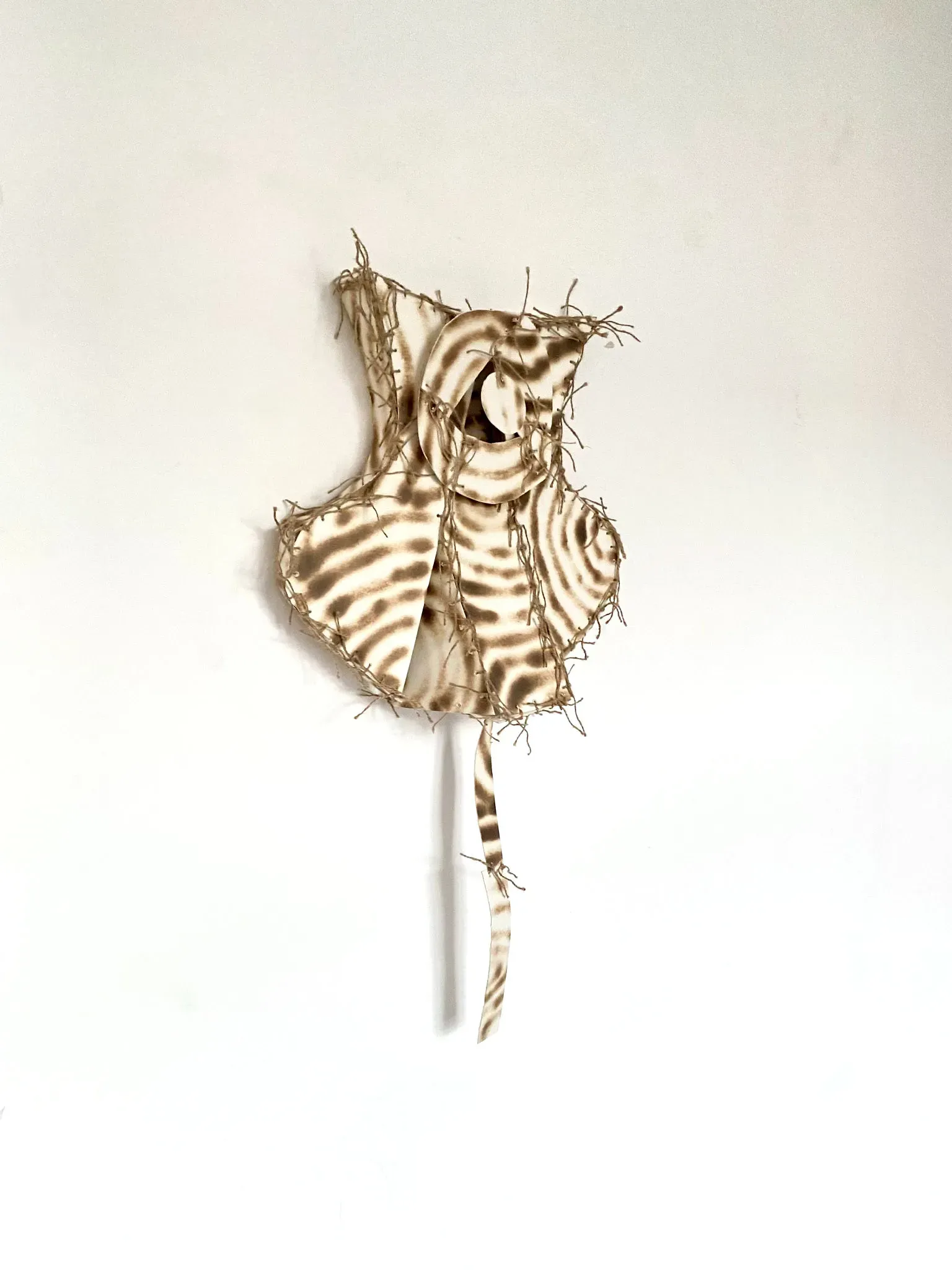
Take, for example, his founding of the Self-House-Residency, a space where he explores these themes in even more depth. It’s here that Horbów’s practice becomes almost a form of therapy, not just for himself but for anyone who engages with his work.

Project by Magdalena Morawik and Łukasz Horbów
By confronting fear, by examining the mechanisms that drive our most primal instincts, Horbów is searching for a language—his own unique language—that can express these ideas in a way that’s both personal and universal.
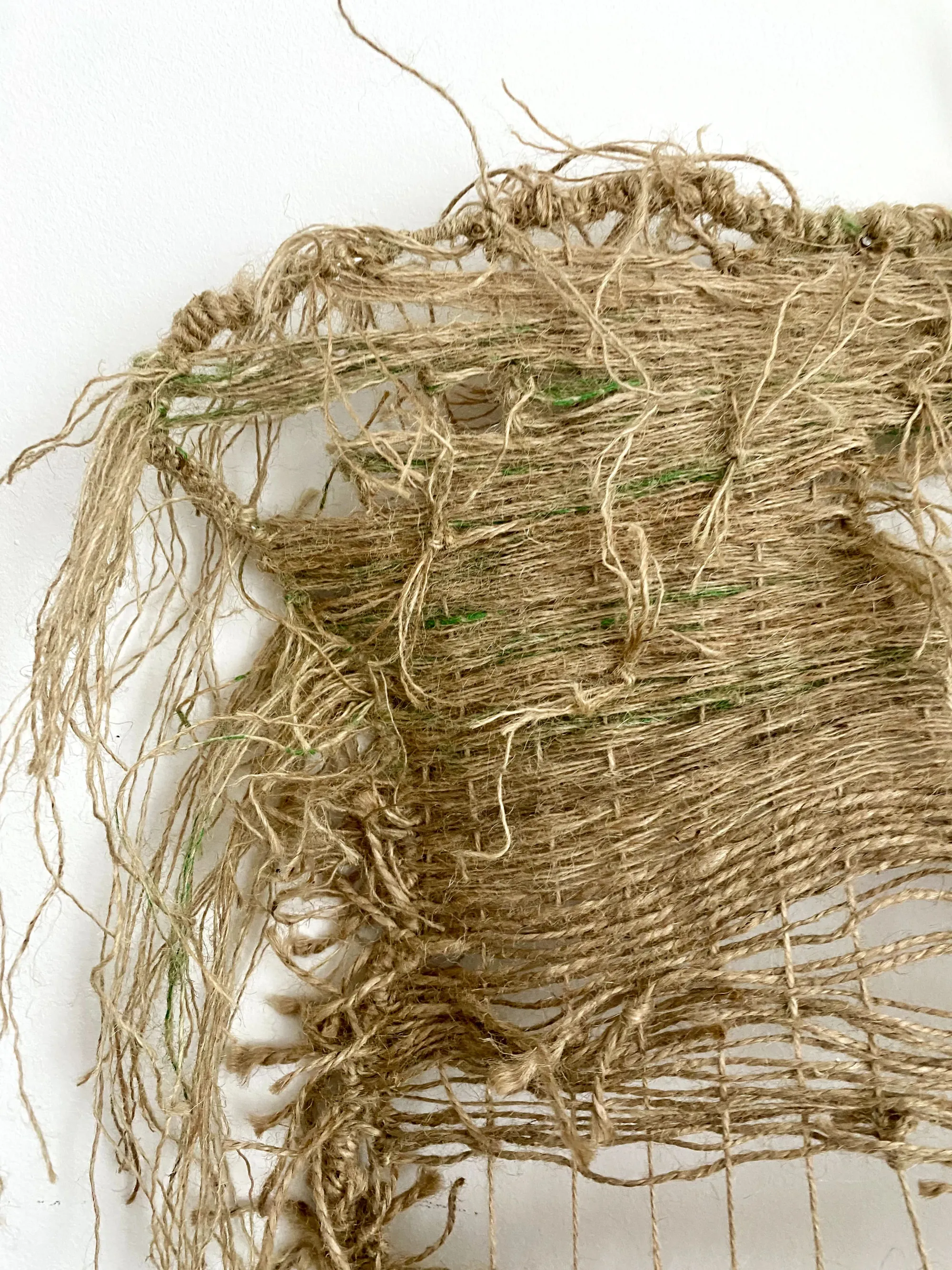
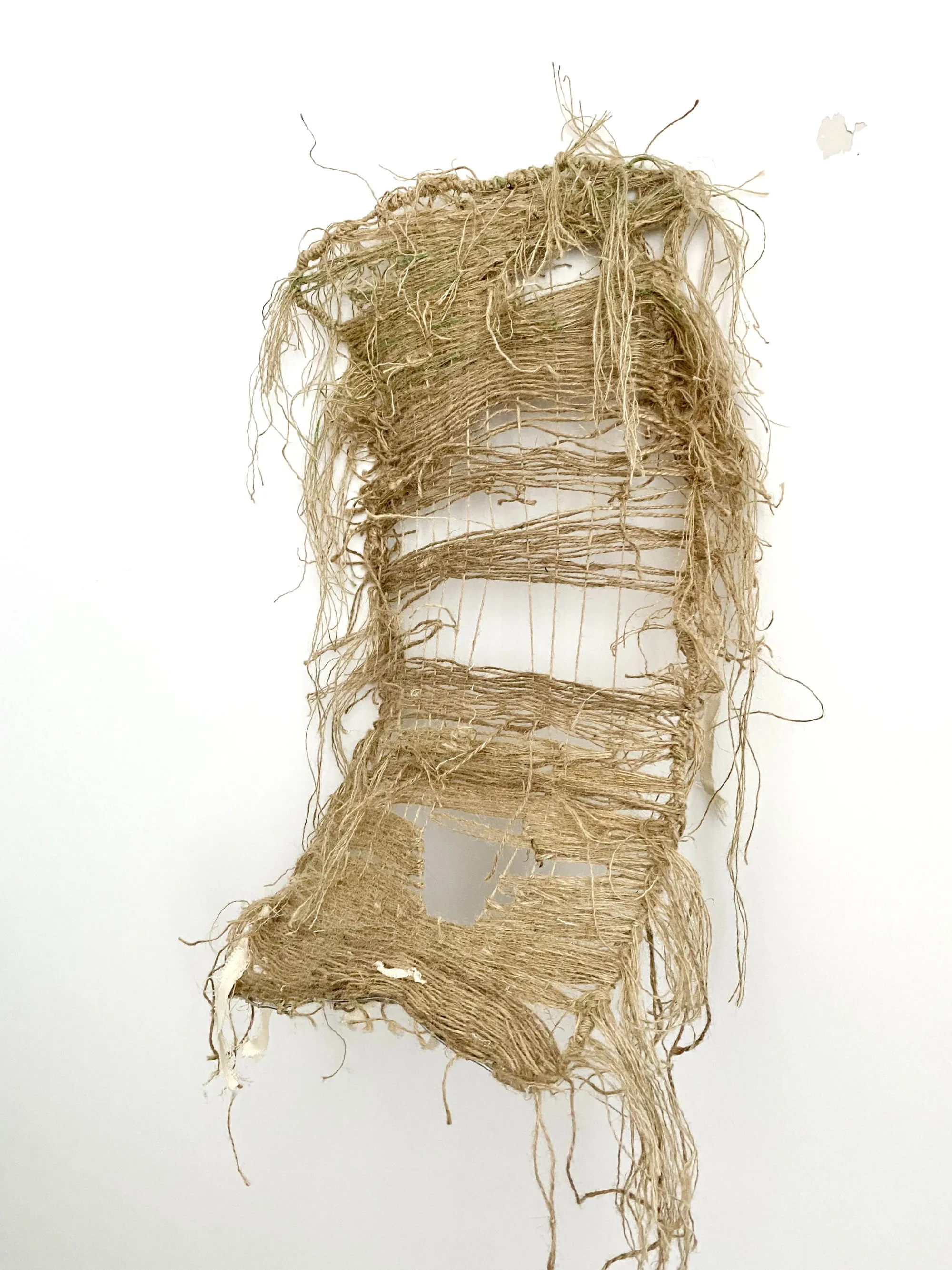
Łukasz Horbów:Untitled (2024) 95 x 50 x 30 cm Rope and wire | Image Courtesy by the Artist
One of the most striking aspects of Horbów’s work is the way he uses what he calls “underestimated, minimized techniques.” There’s something almost humble about this approach—an acknowledgment that sometimes, the most powerful statements come from the simplest actions.
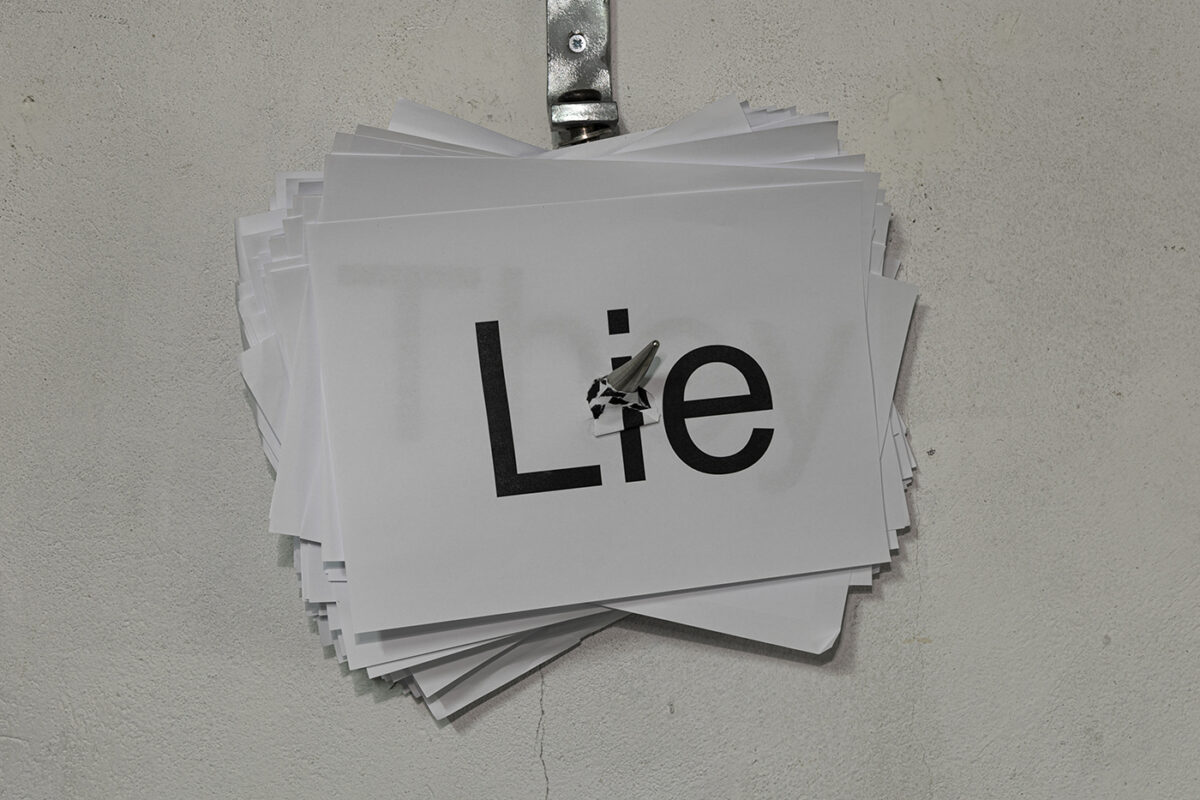
But there’s also something defiant about it, a refusal to play by the rules of the art world, to be constrained by what’s expected.
Horbów’s work is not easy. It doesn’t offer simple answers or neat resolutions. Instead, it invites you to reflect, to question, to challenge your own assumptions. This is art that demands engagement, that doesn’t let you off the hook.
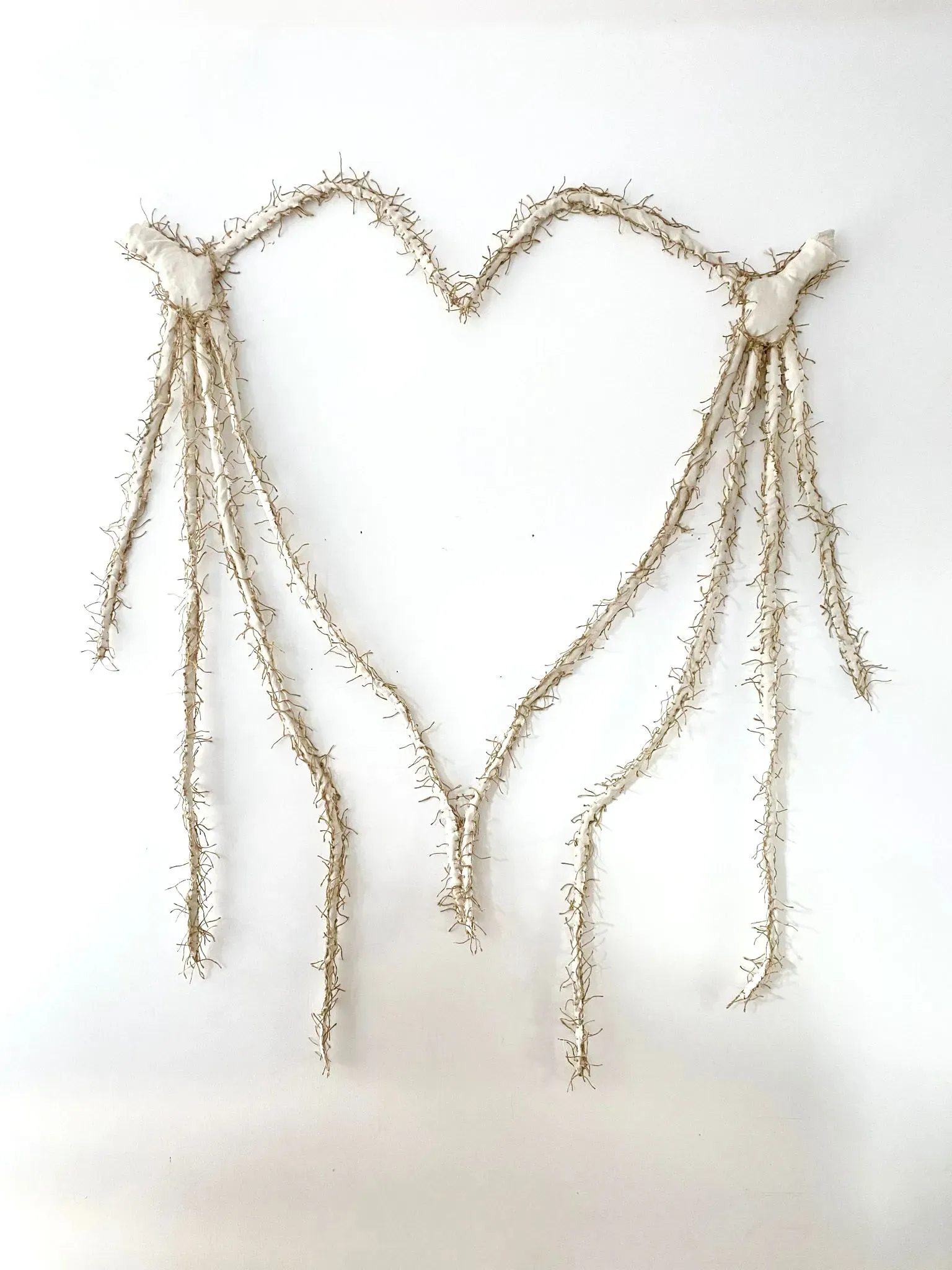
And in a world where it’s all too easy to become complacent, to accept things as they are, that’s a powerful thing.
So what does Horbów want us to take away from his work? In many ways, it’s a call to action, a reminder that we can’t just sit back and let the world shape us.
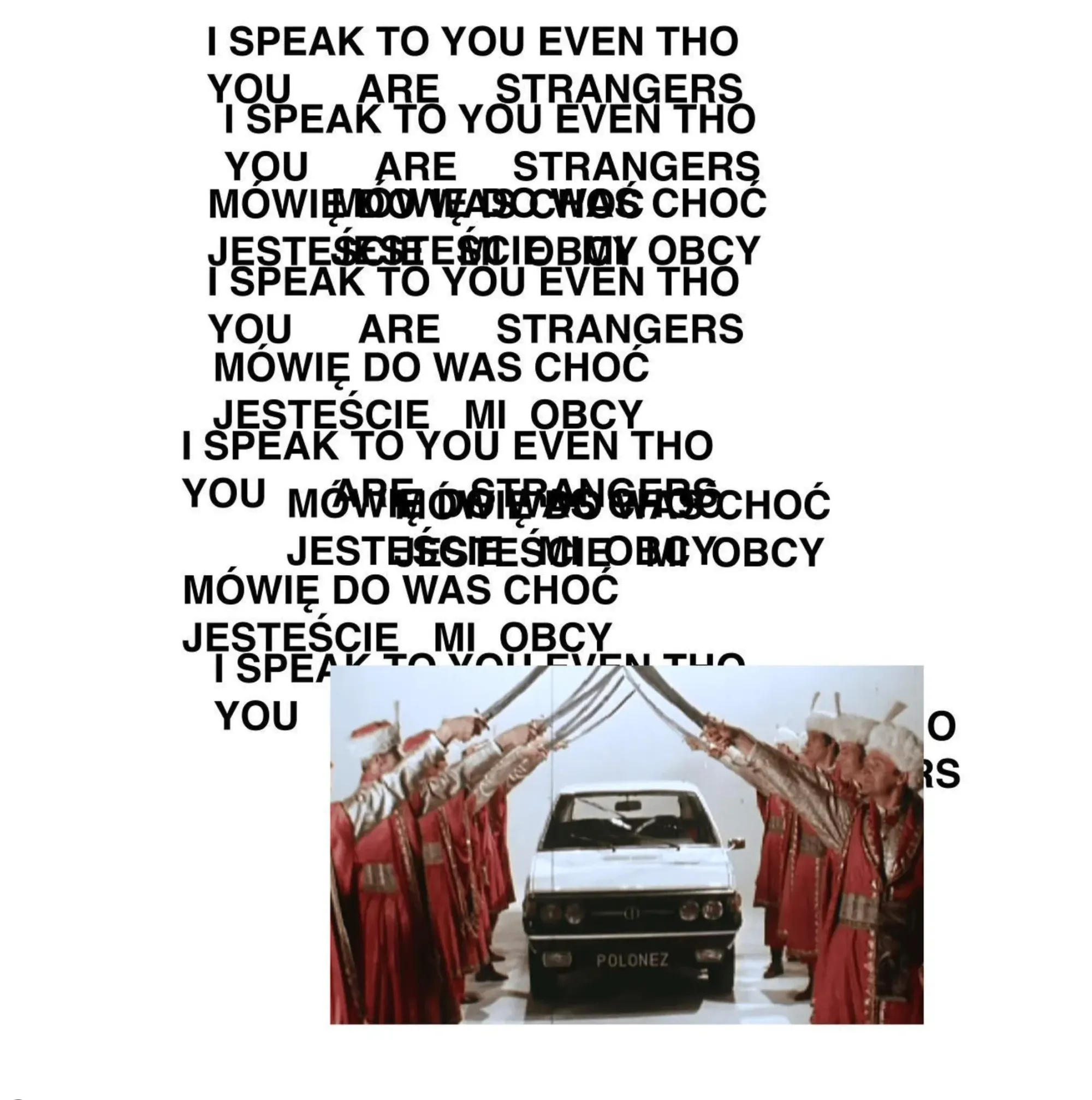
We have to be active participants in our own lives, in our own societies. We have to be willing to confront the uncomfortable truths that lie beneath the surface, to listen to the discordant voices that challenge the status quo.
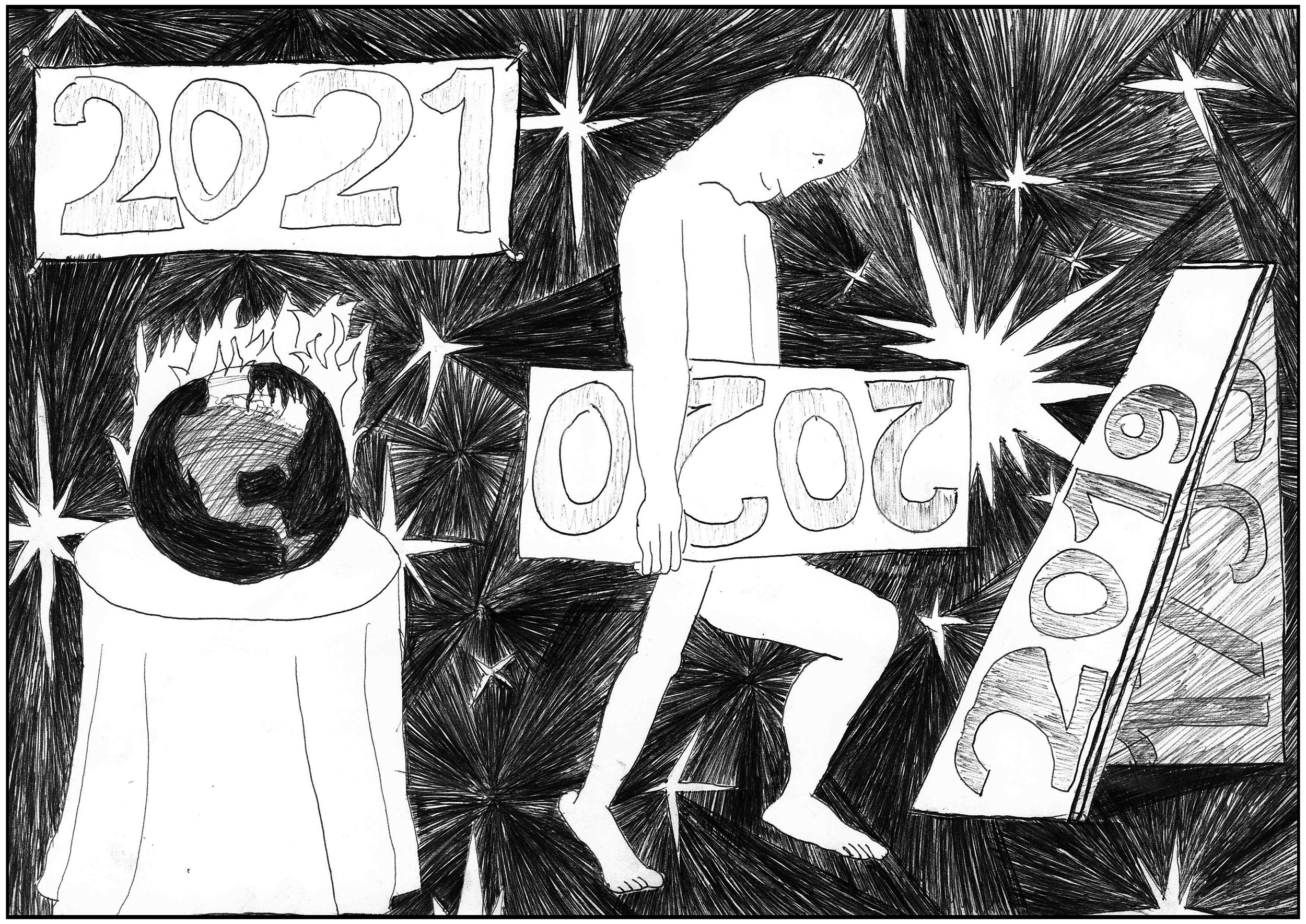
And yet, there’s a paradox at the heart of Horbów’s work. He’s deeply aware of the world’s problems—political, economic, environmental.
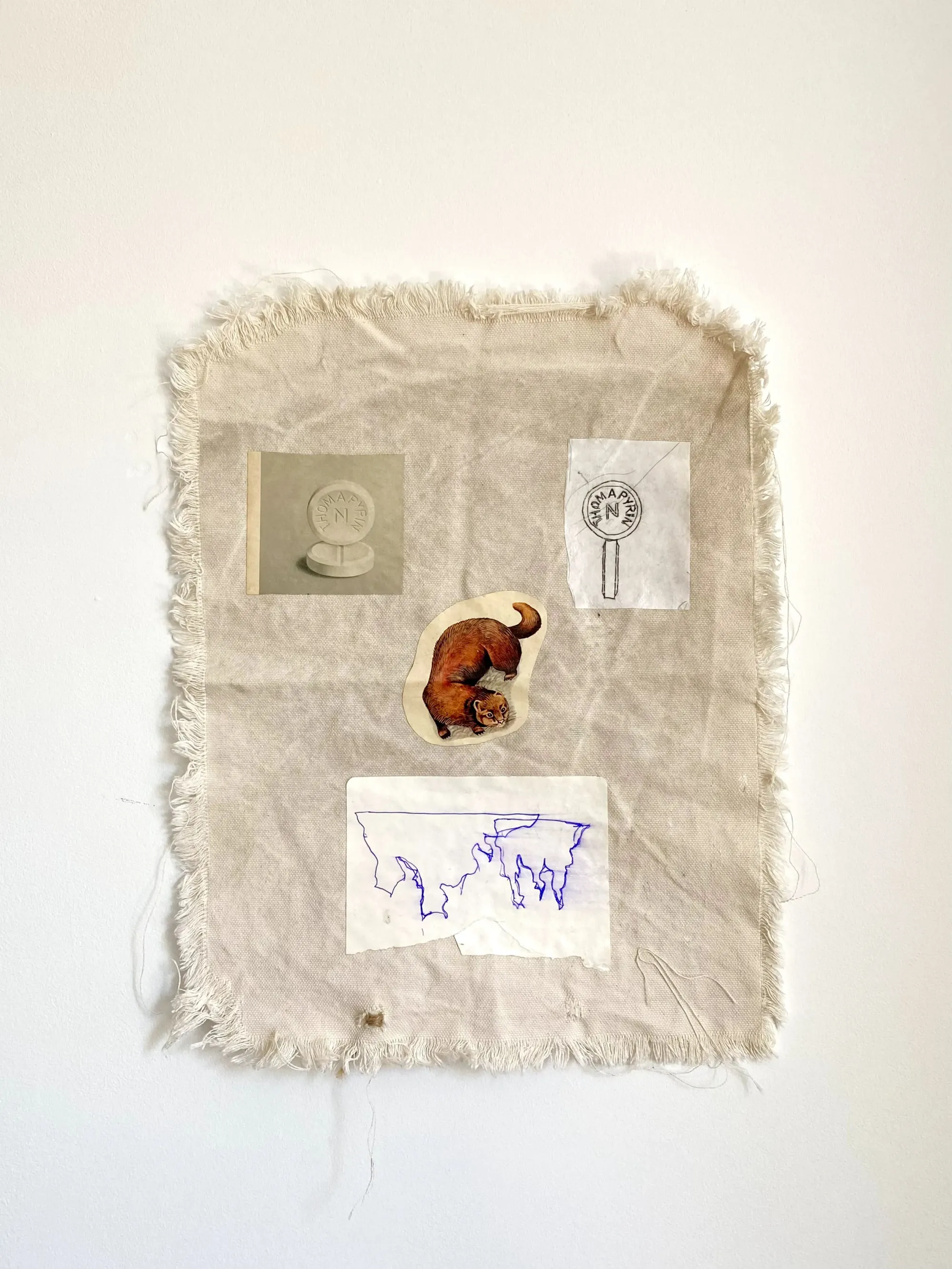
He knows that art alone can’t solve these issues. And yet, he believes, truly believes, that things can get better. It’s this belief, this faith in the possibility of change, that gives his work its power.
Even in the face of overwhelming odds, even when it seems like nothing will ever change, Horbów keeps going, keeps creating, keeps questioning.
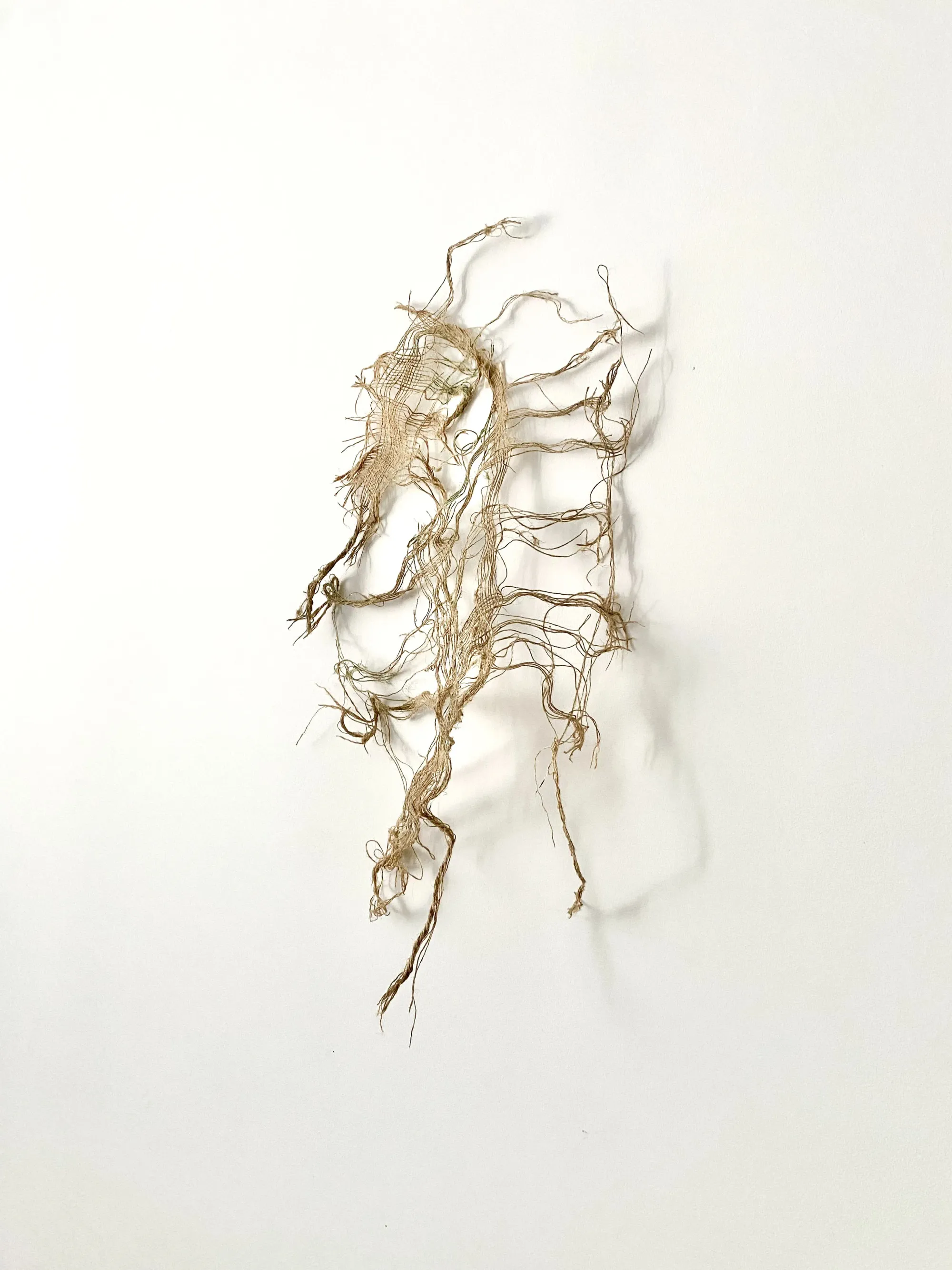
Because in the end, isn’t that what art is supposed to do? To make us think, to make us feel, to make us question? Horbów’s work does all of this and more. It’s not just a reflection of the world we live in; it’s a challenge to make that world better.
Follow Łukasz Horbów on Instagram for further informations.





